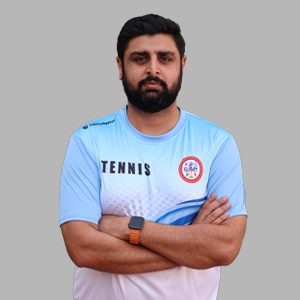Tennis comes under one of the most popular and most-watched games in the world, all thanks to the excitement it brings for the viewers and the players too. Opposite to other racquet sports like Badminton and Table Tennis, Lawn Tennis is played on different surfaces and courts in different tournaments where every court behaves differently to the players in terms of ball speed, spin and other things. So, in order to become a successful professional player in Tennis, you must have the skills to adapt to different courts and perform in the same way.
In this article, we will be discussing in depth about different types of courts and their importance to players
Types of tennis courts
There are basically three types of tennis courts which are described below
1.Grass Courts
Tennis became popular after being played on the gardens and grass lawns of the ancient British nobility, and is now commonly referred to as lawn tennis which is the reason the most traditional tennis courts are considered to be the grass courts. Grass tennis courts are still used in many modern tennis competitions, including Wimbledon, the oldest and most important of the Grand Slams.
The ball slides and bounces in unusual ways on grass surfaces while retaining its pace. As a result, matches on grass courts are fast-paced, favoring players with excellent skill, focus, and speed. These are the quickest courts and are best suited to serve and volley play. Most of the big names in Tennis like Roger Federer, Pete Sampras etc ace in grass courts
2. Clay Courts
Crushed shale stone or brick, as well as other unbound mineral matter, make up a clay court. Clay courts are typically seen in two varieties.
In Europe and Latin America, the more prevalent red clay courts are popular. Red clay courts are used in the French Open Grand Slam. They’re usually built of packed crushed brick with a reddish top layer of loose elements. Balls tend to stick to these surfaces and bounce high, making it harder to strike rapid winners. They are considerably slower than grass courts, resulting in lengthier rallies which tests the endurance of players in every respect.
Matches on clay courts may test a player’s endurance as well as their ability to trick their opponent using deception. On clay surfaces, when overcoming opponents through power and placement alone is tough, a solid top spin may be an extremely deadly weapon because of the court’s tendency of high bounce.
3. Hard Courts
Synthetic or acrylic layers are typically put on top of a concrete or asphalt basis to create hard courts. In other cases, resin and rubber are also used. Hard courts vary in pace depending on how much sand is present in the top layer, but they are typically quicker than clay courts but slower than grass courts. The US Open and Australian Open Grand Slam competitions are presently held on hard courts with acrylic tops. On hard courts, balls tend to bounce high. Because of their balanced character, all-round athletes like Novak Djokovic fare well on hard courts.
Courts used in the Olympics
Depending on the site, Olympic tennis has been played on all three types of tennis courts: grass, clay, and hard. Six of the previous seven Olympic tennis tournaments have been held on hard courts, with the exception of London 2012, which was held on grass. Barcelona hosted the last Olympic clay court tennis event in 1992. Carpet courts were utilized in top-level matches at one point in time, in addition to the three major types of tennis court surfaces used at the Grand Slams.


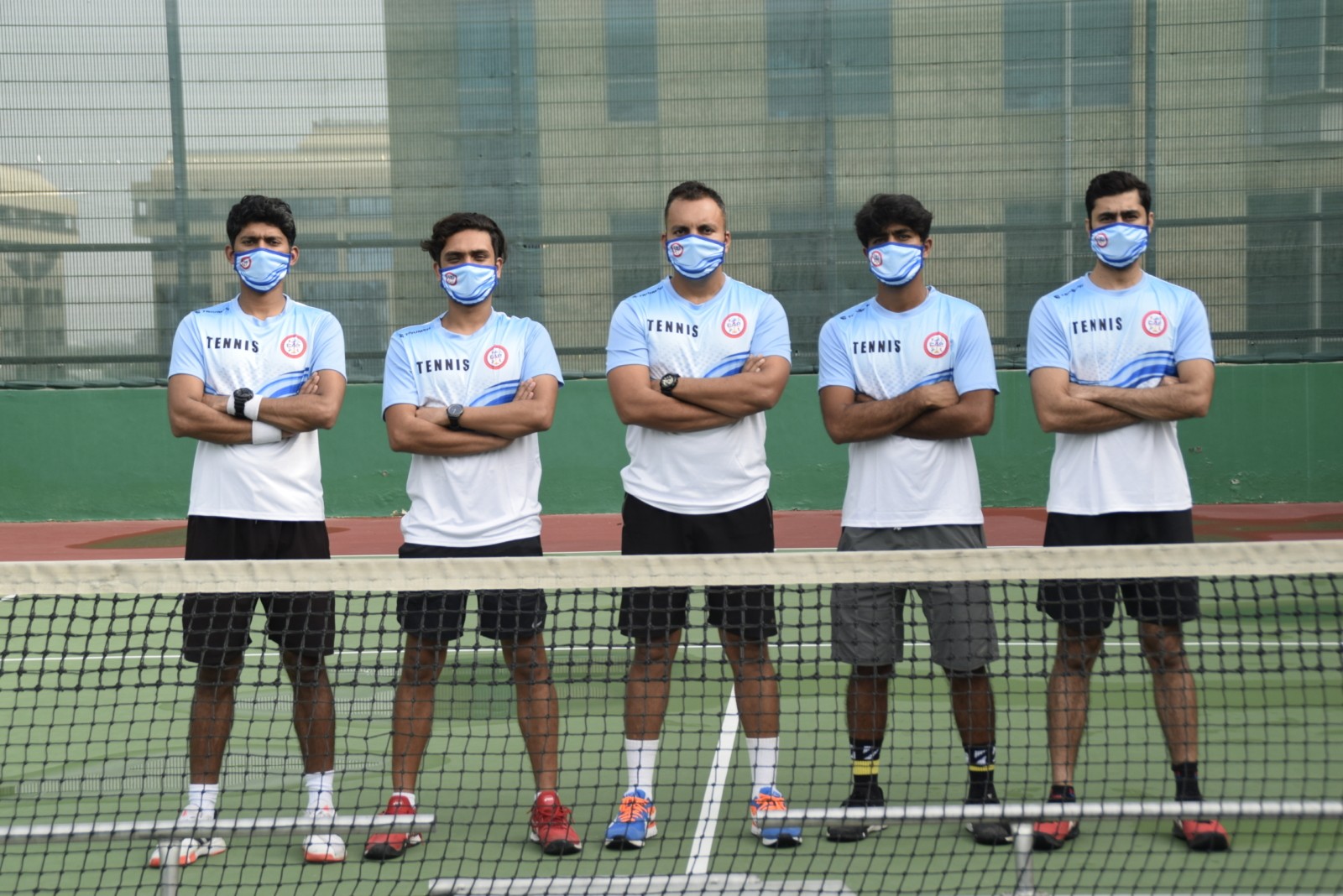
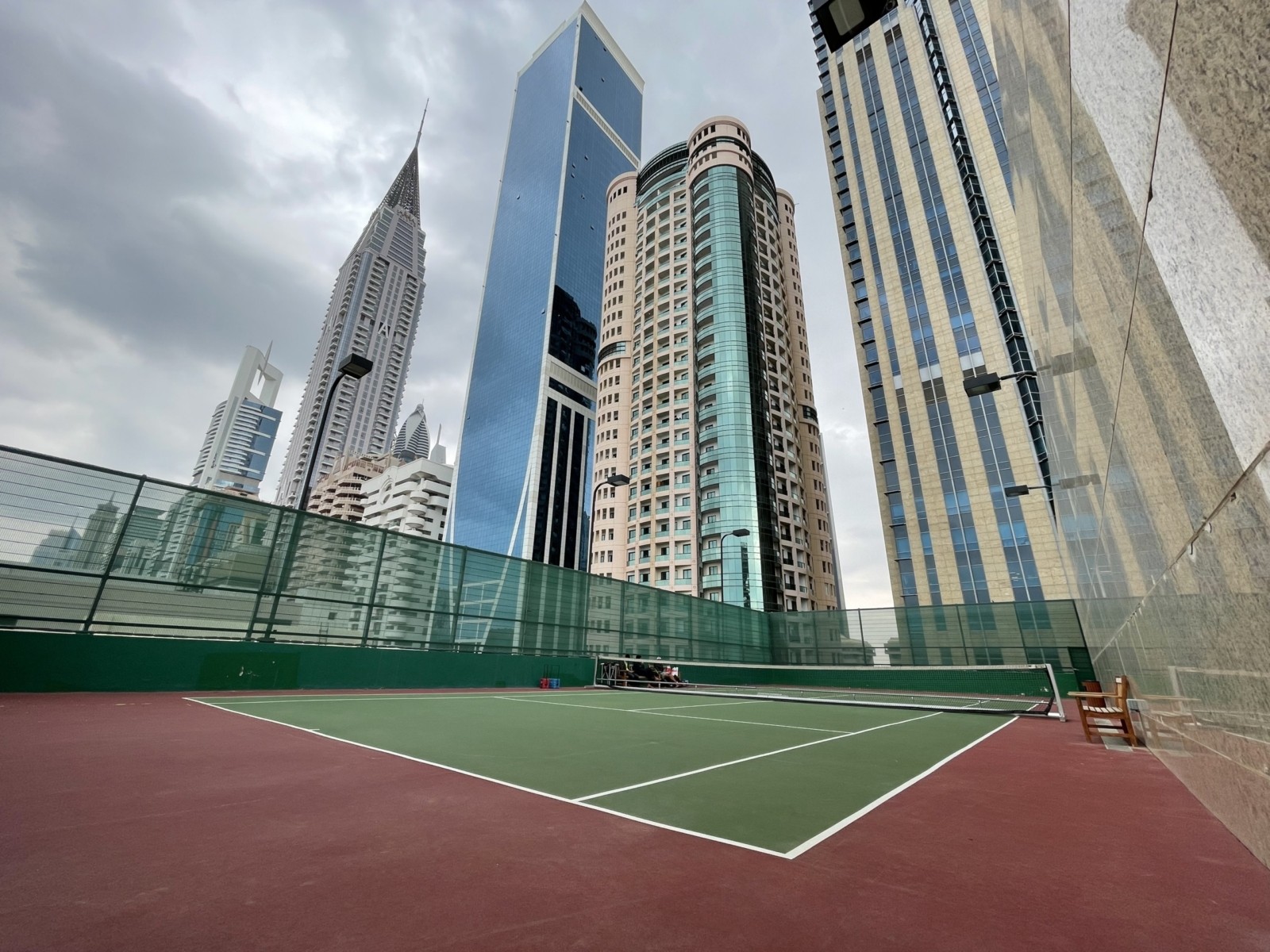
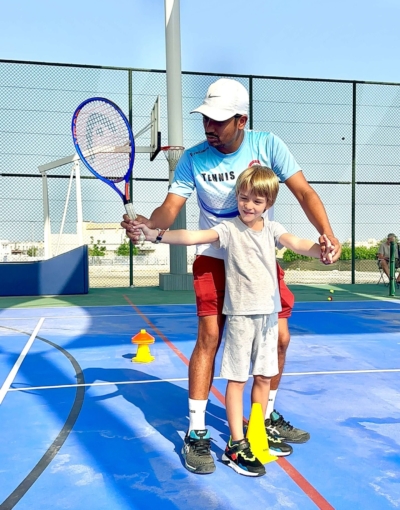
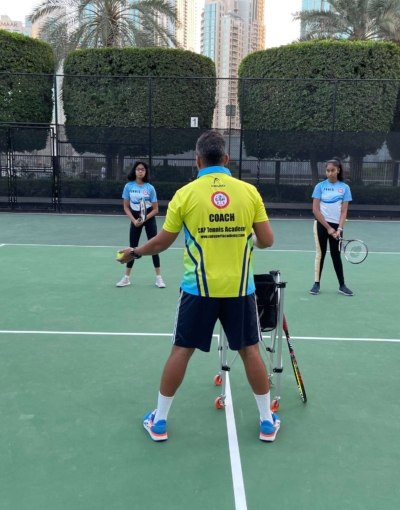




 India
India

